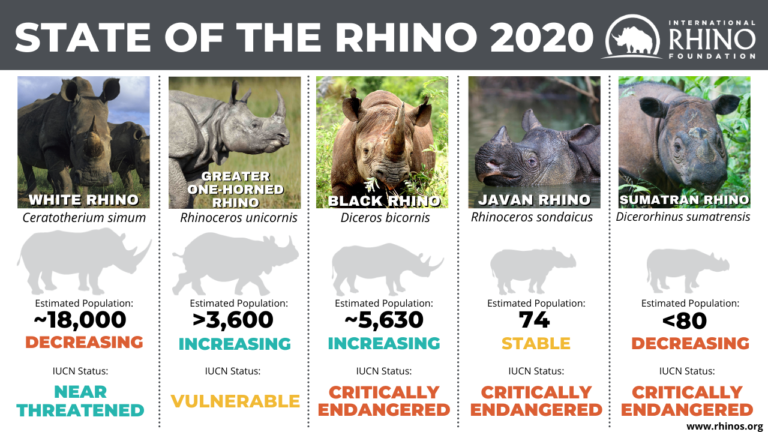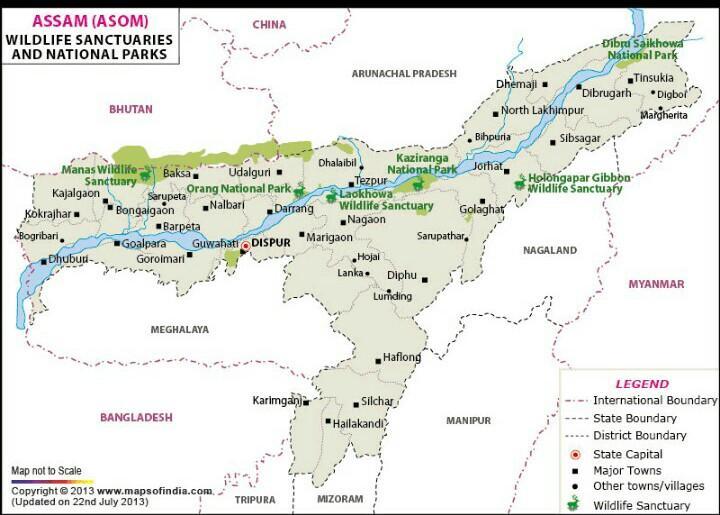Description

Copyright infringement is not intended
Context: The Assam government has announced a reward of ₹5 lakh for information leading to the recovery of the horn of a rhino that was killed by poachers in the Kaziranga National Park and Tiger Reserve about a month ago.
- Assam government declared 2021 as the year with the least cases of rhino poaching in 21 years.
Great Indian rhinoceros
- The Indian rhinoceros also called greater one-horned rhinoceros or great Indian rhinoceros is a rhinoceros species native to the Indian subcontinent.
- It is the only large mammal species in Asia to be down-listed from endangered to vulnerable in the International Union for Conservation of Nature, IUCN Red list in 2008.
- The extent and quality of the rhino's most important habitat are considered to be in decline due to hunting, agricultural development in tarai region and livestock encroachment.
- Indian rhinos once ranged throughout the entire stretch of the Indo-Gangetic Plain has reduced drastically to 11 sites in northern India and southern Nepal.
Indian Rhino Vision 2020 (IRV2020)
- Designed in 2005, the IRV2020 is believed to have achieved its target of attaining a population of 3,000 rhinos in Assam.
- But the plan to spread the Rhinoceros unicornis across four protected areas beyond Kaziranga National Park, Orang National Park and Pobitora could not materialise.
- Wild-to-wild translocations were an essential part of IRV2020 – moving rhinos from densely populated parks like Kaziranga NP, to ones in need of more rhinos, like Manas NP.
- Rhinos are now found in four Protected Areas in Assam: Pabitora Wildlife Reserve, Rajiv Gandhi Orang National Park, Kaziranga National Park, and Manas National Park.
About KNP:
- Kaziranga National park’s is home to more than 2200 Indian one-horned rhinoceros, approximately 2/3rd of their total world population.
- It is located in the edge of the Eastern Himalayan biodiversity hotspots – Golaghat and Nagaon district.
- In 1985, it was declared as a World Heritage Site by UNESCO.
- It was declared as Tiger Reserve in 2006.
- It is recognized as an Important Bird Area by BirdLife International for the conservation of avifaunal species.

https://www.thehindu.com/news/national/help-recover-poached-rhino-horn-get-5-lakh-assam-govt/article38364775.ece?homepage=true












